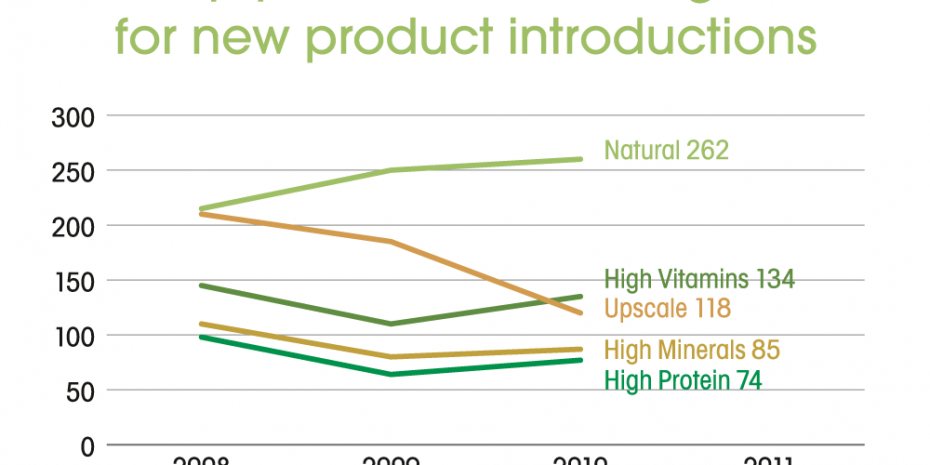Over the last decade, pet foods have increasingly come to look more like human foods, not only in design, but also in composition. There has been a proliferation of ingredients such as fruit and vegetables, as well as the marketing of functional benefits, like low-fat diets, that give pet food a more human food character. Much of this is driven by the urbanisation of society and transformation in the social role of pets. Pets have become valued members of the family and people are willing to spend extraordinary amounts of time and money on them. The market survey company Euromonitor International has consistently noted that pet humanisation and premiumisation of products will continue to drive the global pet food market.Natural products in demandOne specific growth area in pet foods is the demand for health and wellness product solutions. One particular aspect of this segment that has seen tremendous growth is products labelled as organic or natural. The number of such new pet products more than tripled worldwide from 2004 to 2009 (Mintel, 2010). In addition, natural has been the top pet food marketing claim for new product introductions every year from 2005 to 2011 in North America (Packaged Facts, 2012). Much of this change in demand for natural products is driven by consumer preference and the perception that natural products are healthier.The development of the natural market has been significantly affected, in part, by the use of natural antioxidants to provide shelf-life extension to pet foods and ingredients. The use of natural antioxidants is pushed by the demand for healthier, more natural ingredients with cleaner product labels. In addition, there has been a public resurgence in health concerns over synthetic antioxidants, such as TBHQ, BHA, BHT, ethoxyquin, and propyl gallate.
Online purchases of pet products are experiencing strong growth
At a time when consumers are placing greater importance on animal care and welfare, online sales of pet products are…
New potential for natural antioxidantsAs the increased demand for natural consumer products continues, it is becoming increasingly evident that in order to meet this demand for natural antioxidants, shelf-life product solutions must go beyond the established standard of natural mixed tocopherols. The growth in natural antioxidant usage has led to raw material supply challenges and escalating prices as a result of the supply and demand imbalance.Adding…



